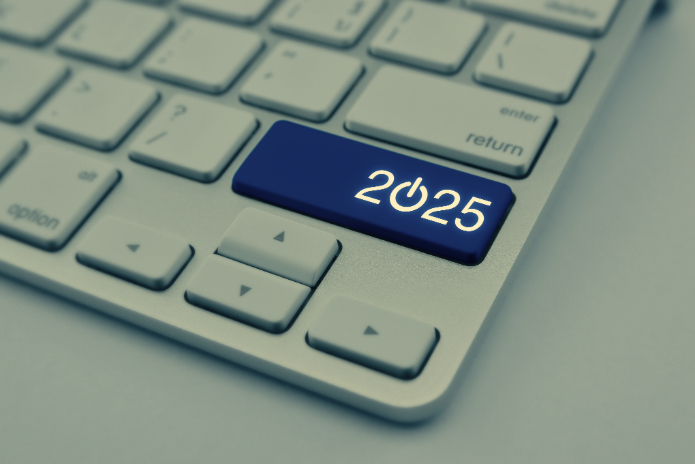Hyper-personalization, convenience, and automation practices, already used by large brands, are becoming accessible to small and medium-sized businesses as well, thanks to the proliferation of new technologies. According to Leonardo Oda, marketing specialist and CEO of LEODA Marketing IntelligenceThese marketing trends will transform how companies connect with their customers and strengthen their market presence in 2025.
“Consumers are more demanding and want personalized experiences, quick processes, and efficient solutions. Those who can deliver this in a structured way will stand out next year,” says Oda. Following, the specialist shares guidance on putting these trends into action and boosting businesses.
Extreme Personalization
The "one-size-fits-all" era is over. Consumers are seeking products, services, and experiences tailored to their individual needs and preferences. Major brands are already successfully exploring this trend, such as Yves Saint Laurent, which uses artificial intelligence to create customized lipsticks based on each customer's skin tone.
Leonardo Oda explains that, although examples like this may seem distant from the reality of small businesses, hyper-personalization is already an accessible reality. “With simple tools, such as campaign segmentation or message automation, small businesses can create equally relevant and impactful experiences,” he states.
An e-commerce business, for example, can use customer purchase history to suggest complementary products or send targeted promotions. Personalized messages via WhatsApp, chatbots that adapt their responses to user behavior, and email campaigns with specific offers are also strategies that bring the brand closer to the consumer and increase loyalty.
For Oda, relevance is the key to personalization: "More than investing in large technologies, it's necessary to deliver something that makes sense to the client. When they feel understood, the connection with the brand naturally strengthens," she says.
Convenience for a barrier-free experience
The speed at which a customer achieves their goal – whether making a purchase, seeking information, or resolving a problem – has become a key competitive factor in today's market. Complicated experiences drive customers away, while simple and agile processes generate loyalty.
In the digital environment, websites with simplified registration, fast payment processes (PIX and digital wallets), and intuitive pages increase conversion rates. In the physical environment, strategies such as QR Code ordering, automated checkouts, and digital queuing optimize service and value customer time.
For Oda, delivering convenience is essential. "Ease is the new loyalty. If the customer perceives their experience as uncomplicated, they not only complete the purchase but also build a relationship of trust with the brand," she comments.
Therefore, evaluating each stage of the customer journey, identifying friction points, and implementing simple adjustments can generate immediate results and ensure customer return.
Automation: More results with less effort
Automating repetitive tasks allows small businesses to gain efficiency and focus their efforts on what truly matters: innovation and customer relationships.
In marketing, automation tools are more accessible and allow for the optimization of processes such as customer service and campaign management. Platforms like ManyChat, for example, streamline responses to frequently asked questions on social networks, while solutions like RD Station facilitate the sending of segmented email campaigns, aligning the message with the customer's profile.
Leonardo Oda exemplifies the impact of this automation with a practical situation: “Imagine a bakery that automates order requests with an online form integrated with WhatsApp. This simplifies the customer's life and frees up the team to focus on production.”
Strategic Planning for Real Results
Although hyper-personalization, convenience, and automation are trends for 2025, following them without proper planning can compromise results. Leonardo Oda emphasizes that the starting point should be an analysis of the past year's performance.
Reviewing sales, engagement, and online traffic data helps identify what worked and what needs improvement. Tools like Google Analytics and social media reports are allies in this process. Questions like "Which campaigns generated the most return?" and "Which channels brought the most visits?" guide the analysis and direct future strategies.
Furthermore, defining clear and measurable goals is fundamental. The SMART methodology – with objectives that are Specific, Measurable, Achievable, Relevant, and Time-bound – provides the necessary structure to track and adjust progress over time.
An e-commerce business, for example, might set a goal of "increasing revenue by 20% by June 2025, investing in targeted Instagram campaigns and WhatsApp promotions". Such goals allow for concretely tracking results and identifying areas for improvement.
With planning, data analysis, and the application of marketing trends – hyper-personalization, automation, and convenience – small and medium-sized businesses can optimize their operations and improve the customer experience. "The secret lies in learning from the past and acting strategically to build consistent results in 2025," concludes Leonardo Oda.


